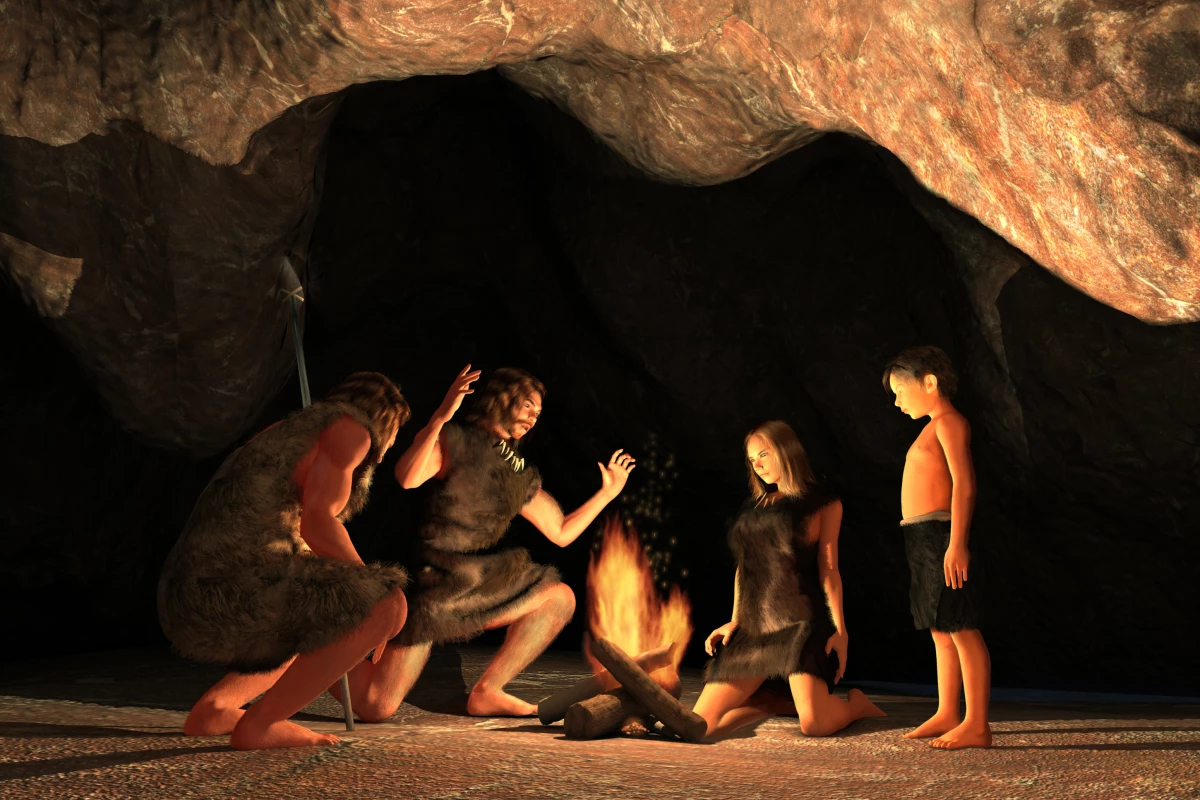A new study is presenting archeological evidence of the oldest known bone tools used for making clothes. The tools, found in a cave in Morocco, suggest humans were skinning animals for fur to wear as clothes up to 120,000 years ago.
Studying the history of human clothing is tricky business. Most of the materials our early ancestors may have used as clothing would have degraded thousands of years ago so it is challenging to home in on exactly when we started to wear clothes.
One method used to track the origins of human clothing has been to study the genetic lineage of clothing lice. The genetic differences between the lice living in fabrics we use as clothing and lice living on our scalps suggest we started wearing clothes in some form at least 170,000 years ago. Another technique used to research the history of human clothing is looking at the development of bone tools that could have been used to skin animals specifically for their fur.

This new study focused on a well-known archeological site near the Atlantic coast of Morocco called Contrebandiers Cave. The researchers working at the site were originally interested in reconstructing the diet of the cave’s ancient inhabitants by studying the thousands of bone fragments found there.
But several dozen bone fragments found at the site had clearly been shaped into tools. And the unusual characteristics of some of those tools suggested they were not used for processing meat but instead had shapes previously described by other researchers as leather-making tools.

"These bone tools have shaping and use marks that indicate they were used for scraping hides to make leather and for scraping pelts to make fur," explains Emily Hallett, a researcher from the Max Planck Institute for the Science of Human History. "At the same time, I found a pattern of cut marks on the carnivore bones from Contrebandiers Cave that suggested that humans were not processing carnivores for meat but were instead skinning them for their fur."
The tools found in Contrebandiers Cave date back between 90,000 and 120,000 years ago. Similar tools thought to be used to make clothing were previously found in Southern Africa dating back 75,000 years.

Ian Gilligan, an archaeologist who did not work on this new study, says evidence of tools to generate fur clothing around 100,000 years ago fit well with known glacial cycles.
“This new study really pushes back the first good archaeological evidence for the manufacture of clothing, and it’s coinciding nicely with the beginning of the last Ice Age about 120,000 years ago, so I think that’s really significant,” Gilligan says in an interview with Smithsonian Magazine. “It’s precisely at the time when you’d expect to see the first clothing for protection from cold in context of the glacial cycles.”
Also chronicled in the new study is a tooth fragment from either a whale or a dolphin dating back over 110,000 years. The tooth shows evidence of intentional shaping suggesting it was used as a tool. This is the earliest documented evidence of humans using a tooth from a marine mammal as a tool.
“The Contrebandiers Cave bone tools demonstrate that by roughly 120,000 years ago, Homo sapiens began to intensify the use of bone to make formal tools and use them for specific tasks, including leather and fur working,” adds Hallett. “This versatility appears to be at the root of our species and not a characteristic that emerged after expansions into Eurasia.”
The new study was published in the journal iScience.
Source: Arizona State University




